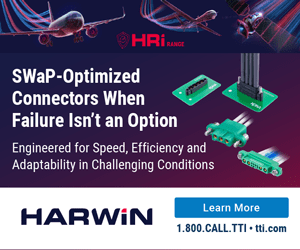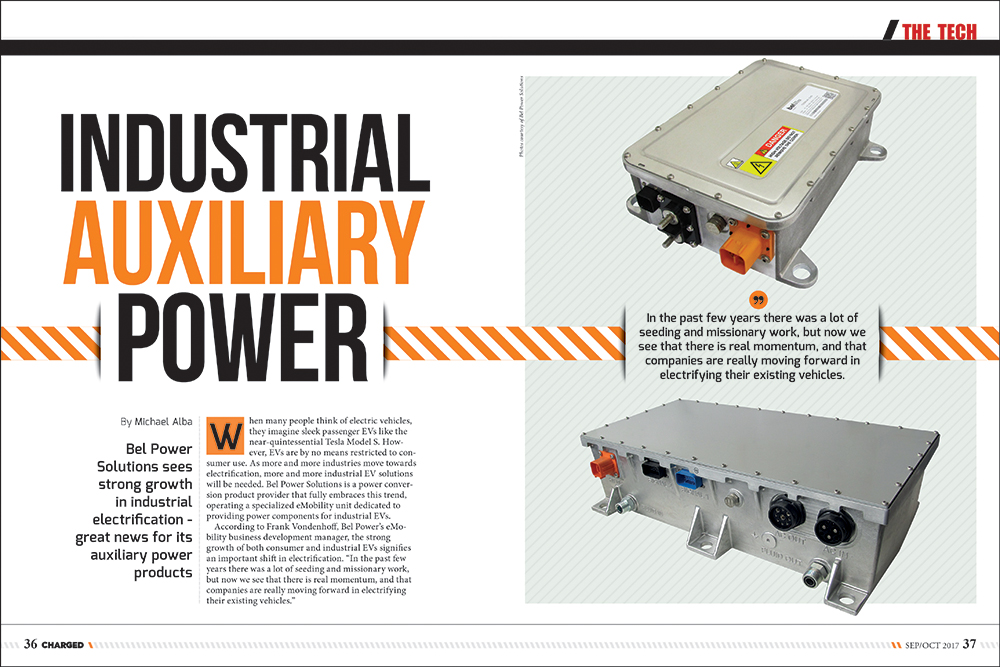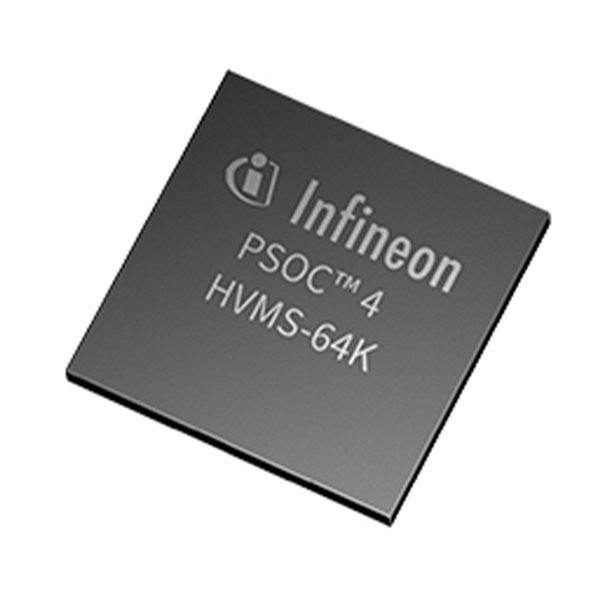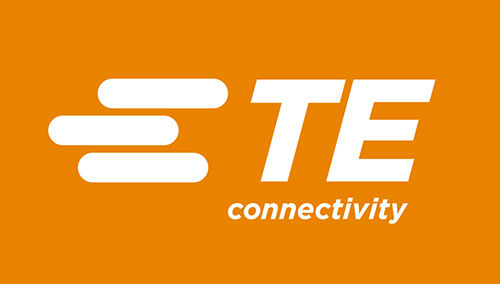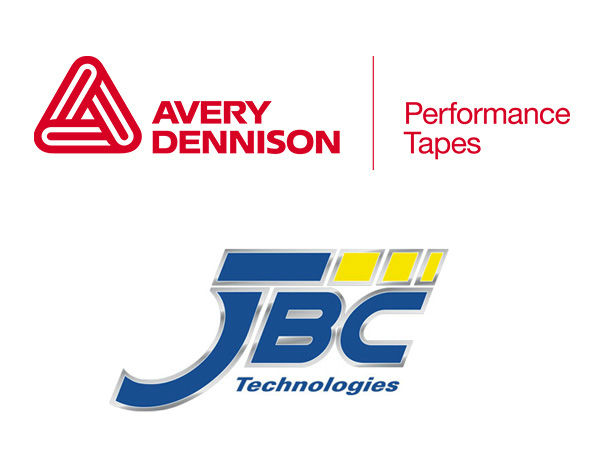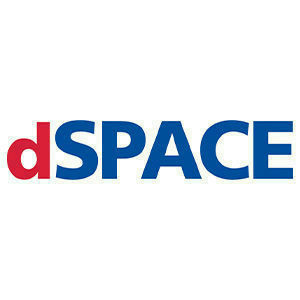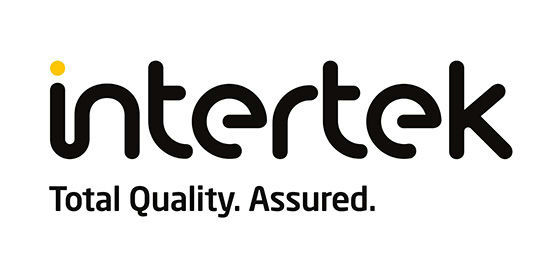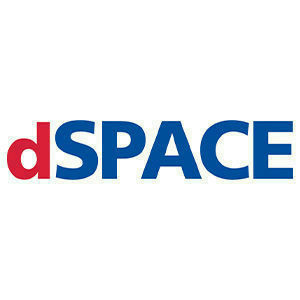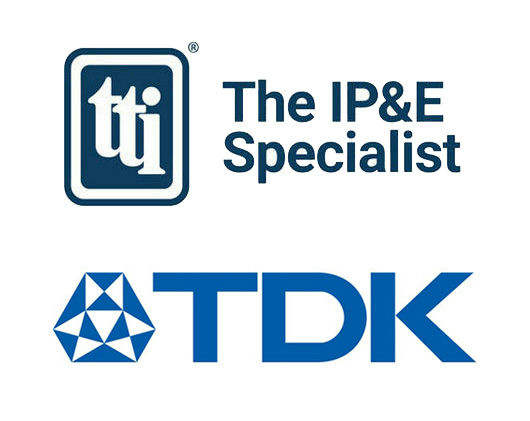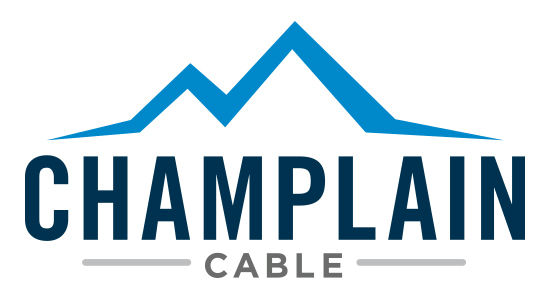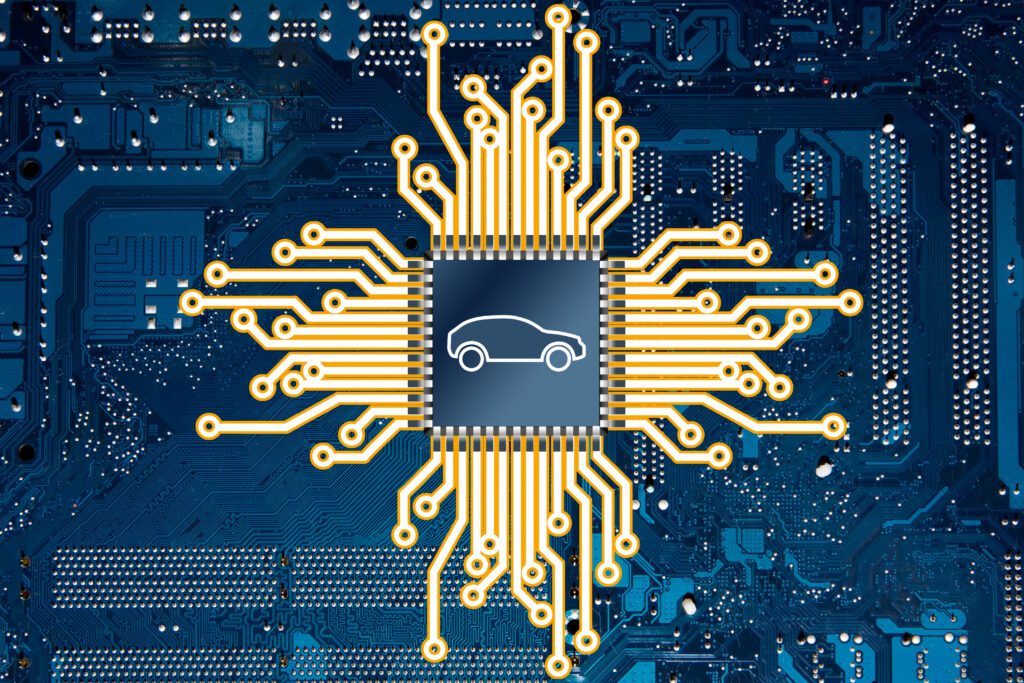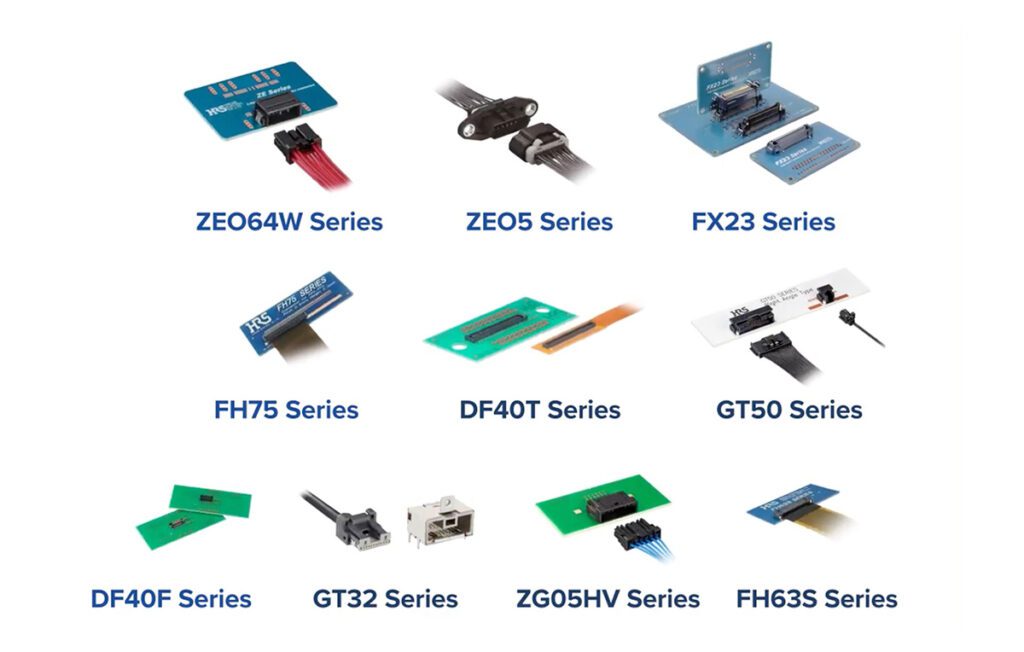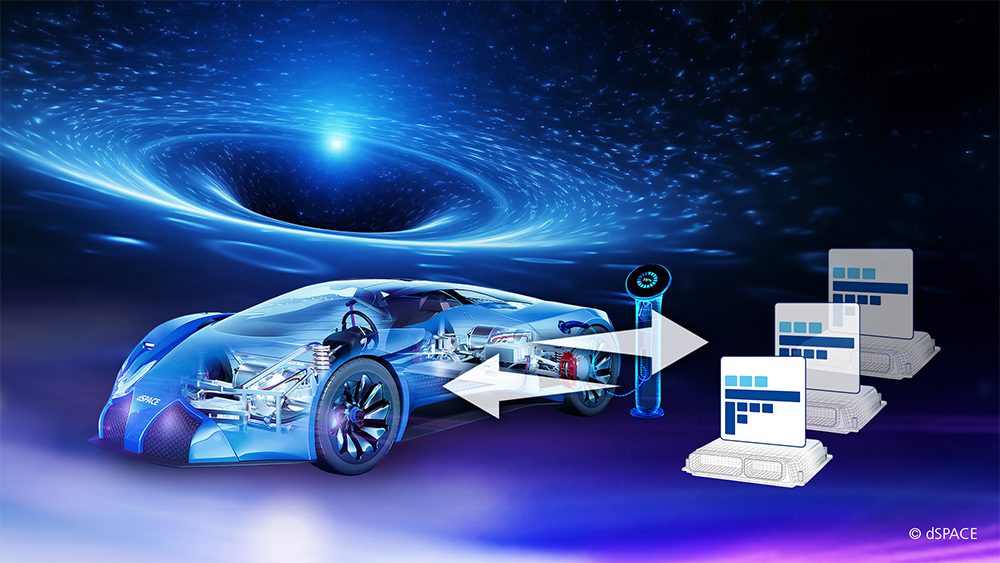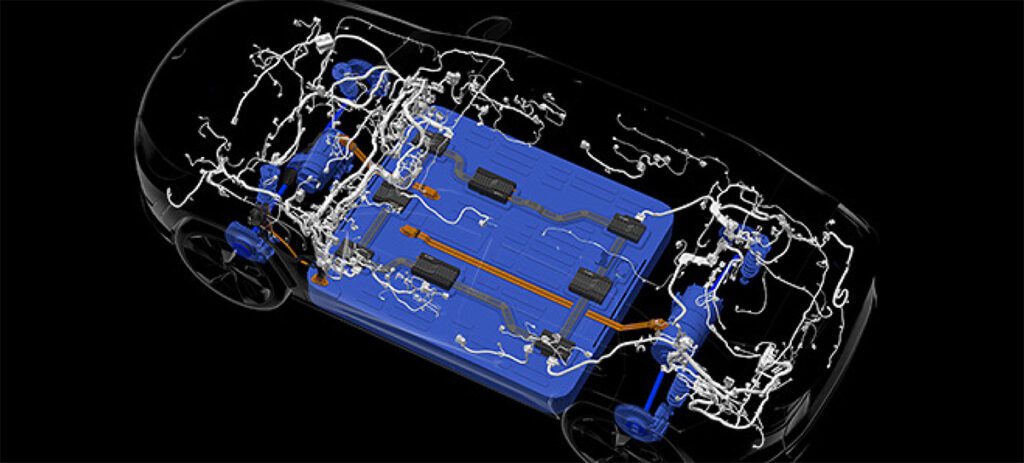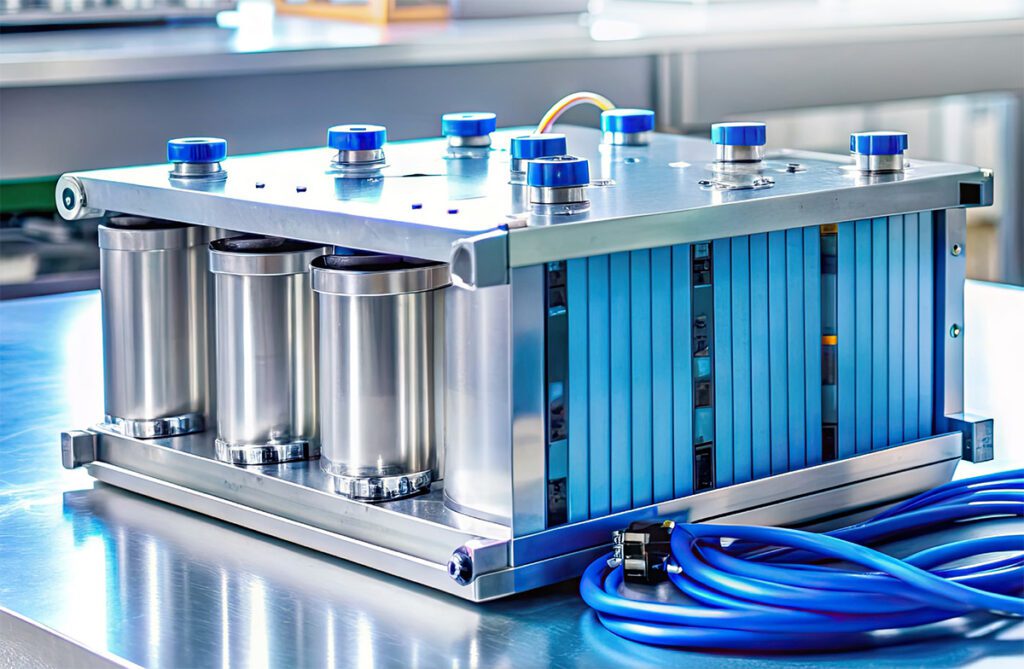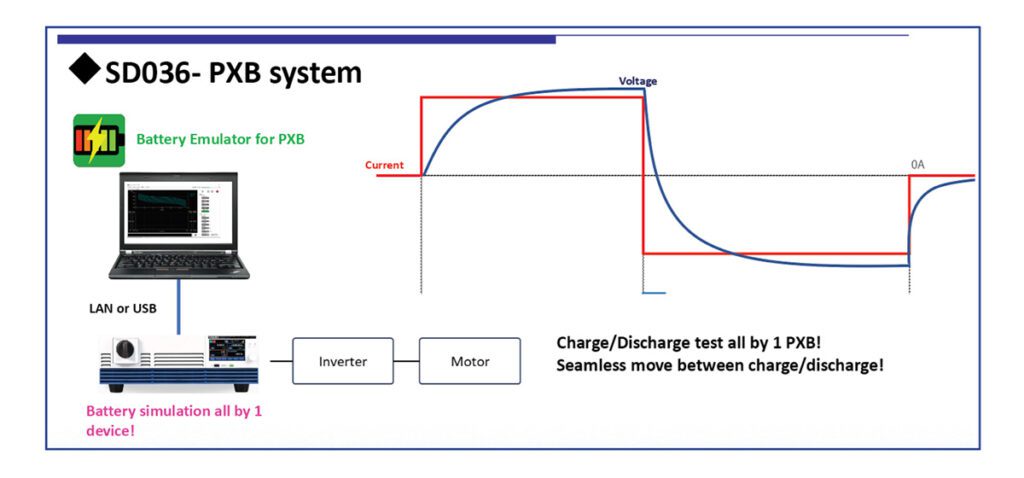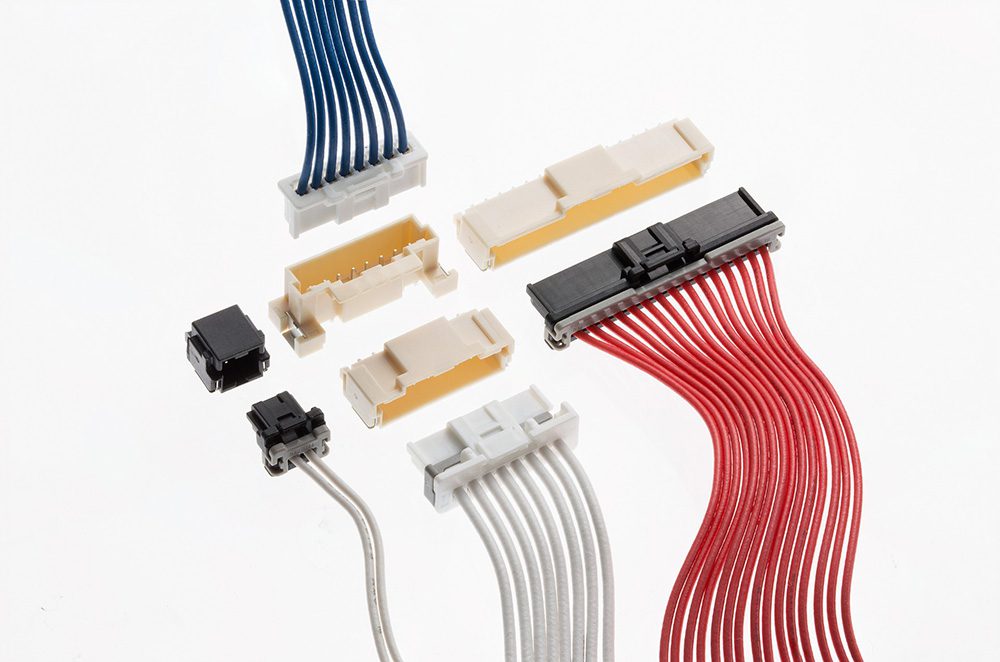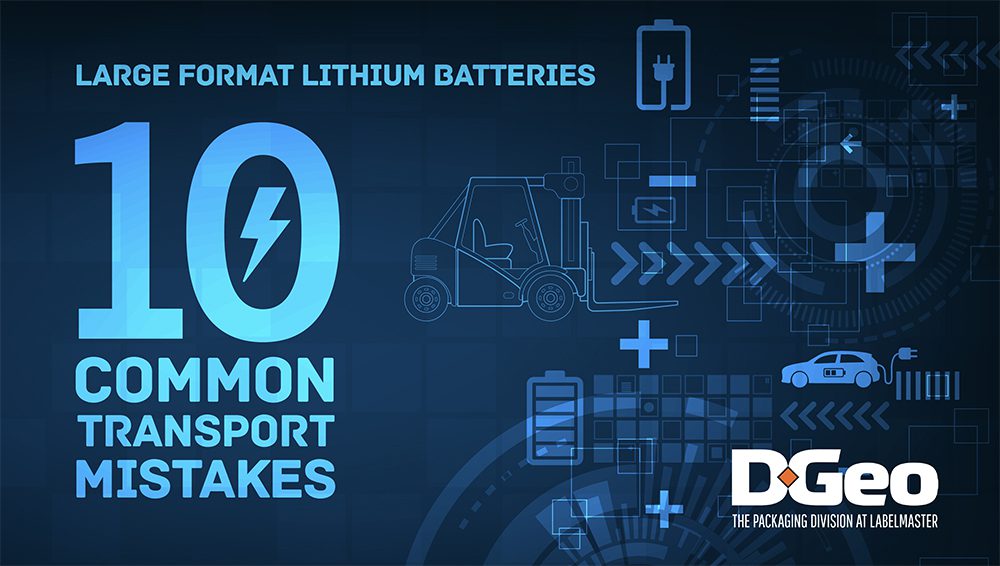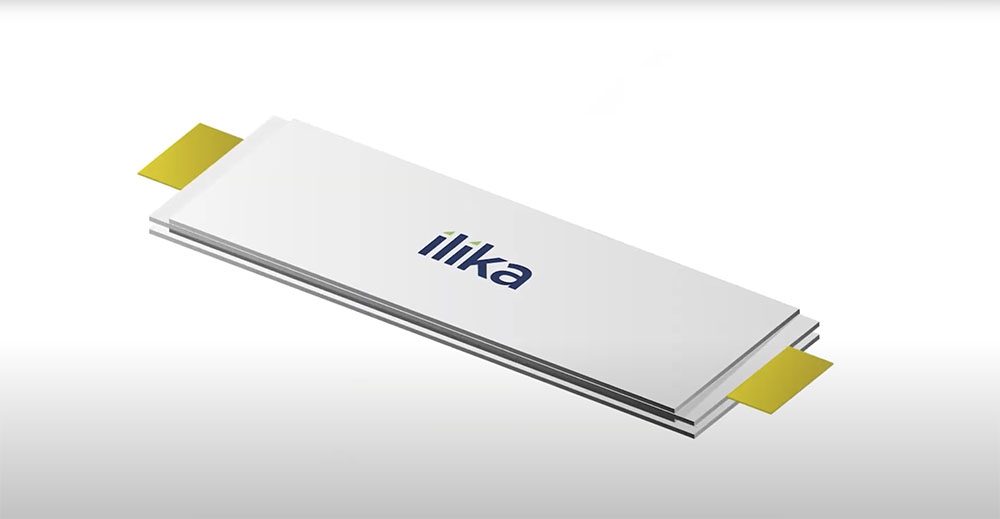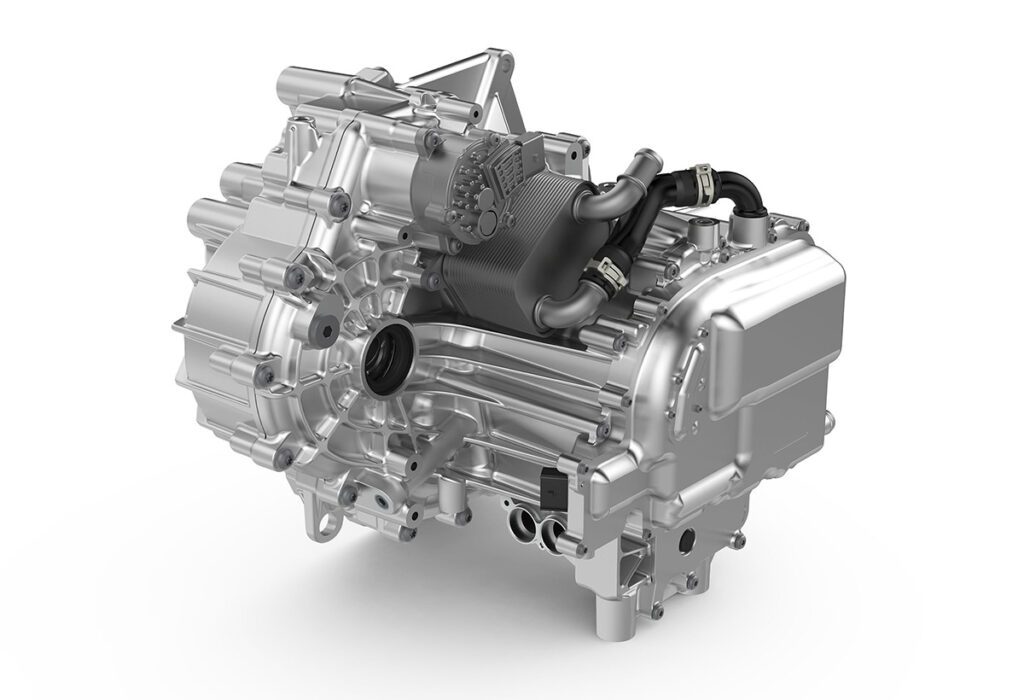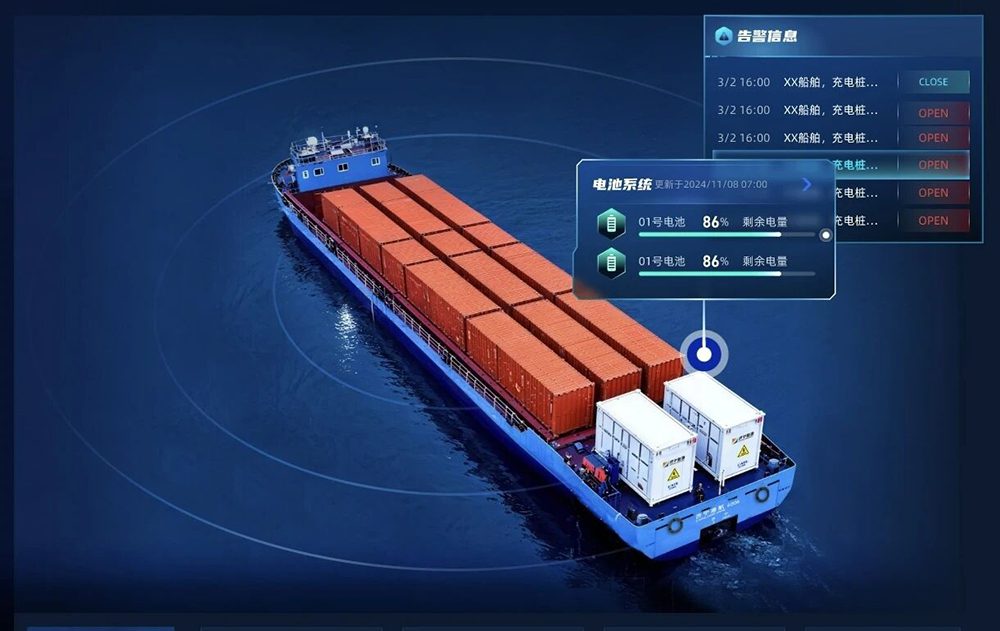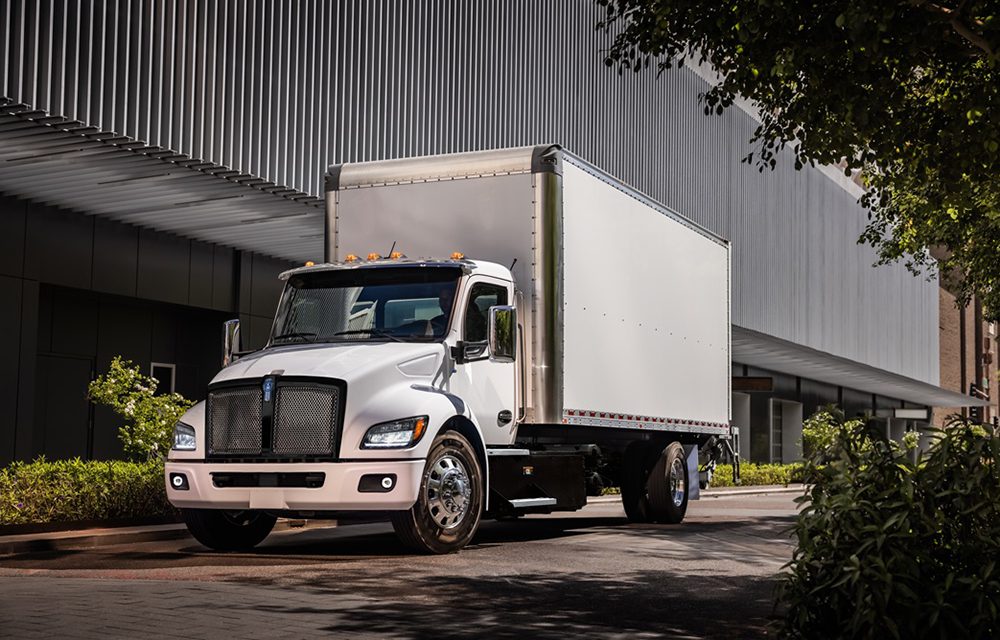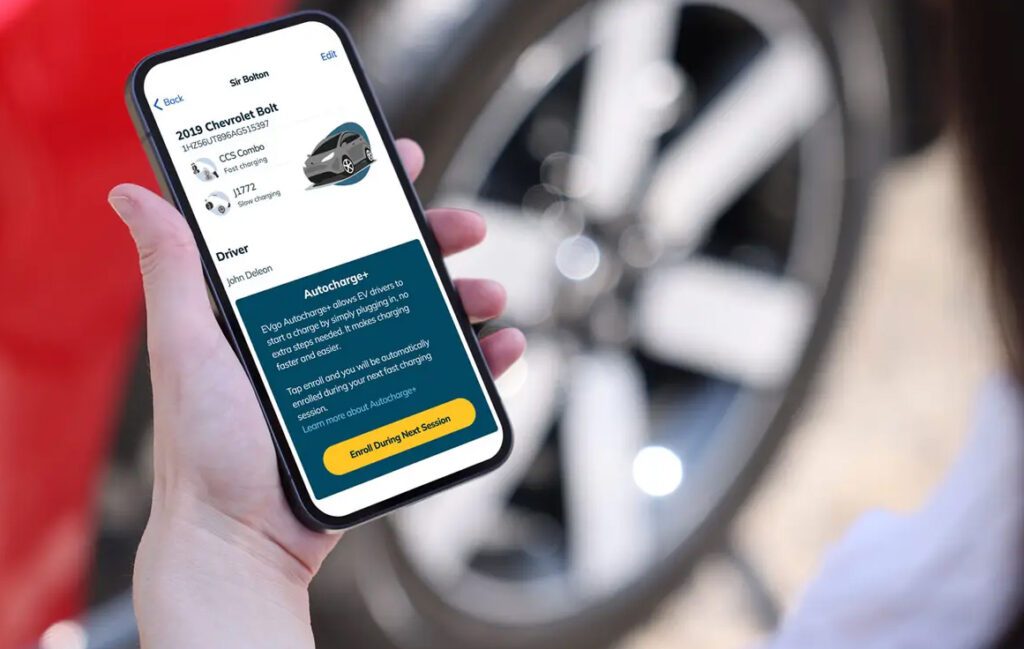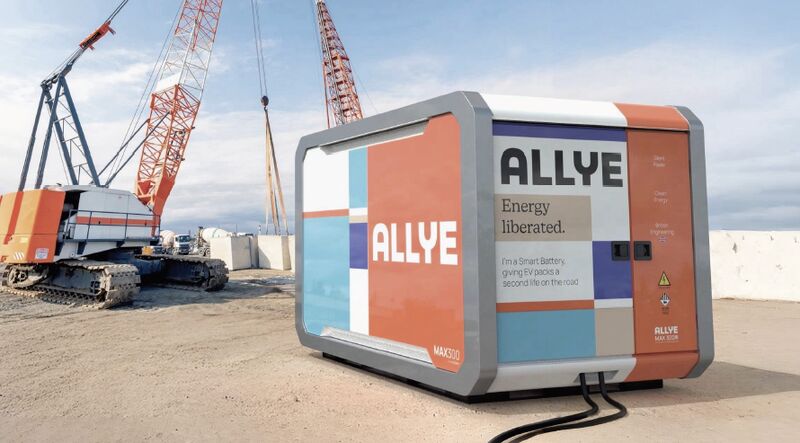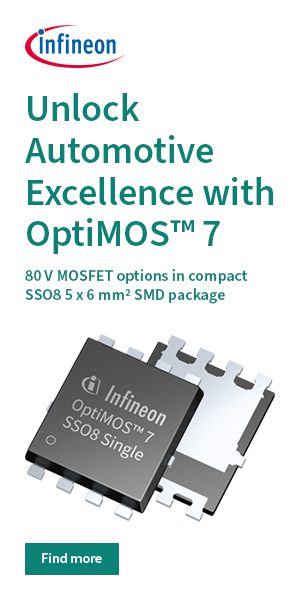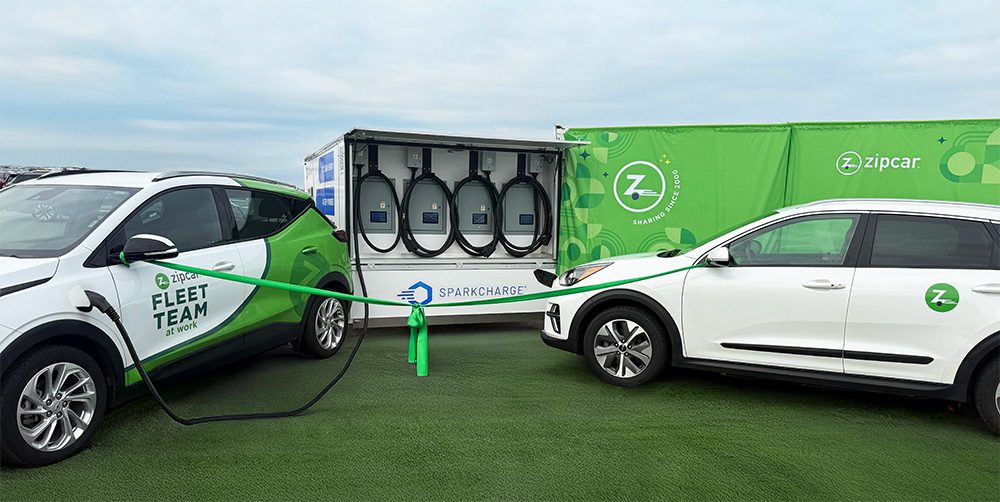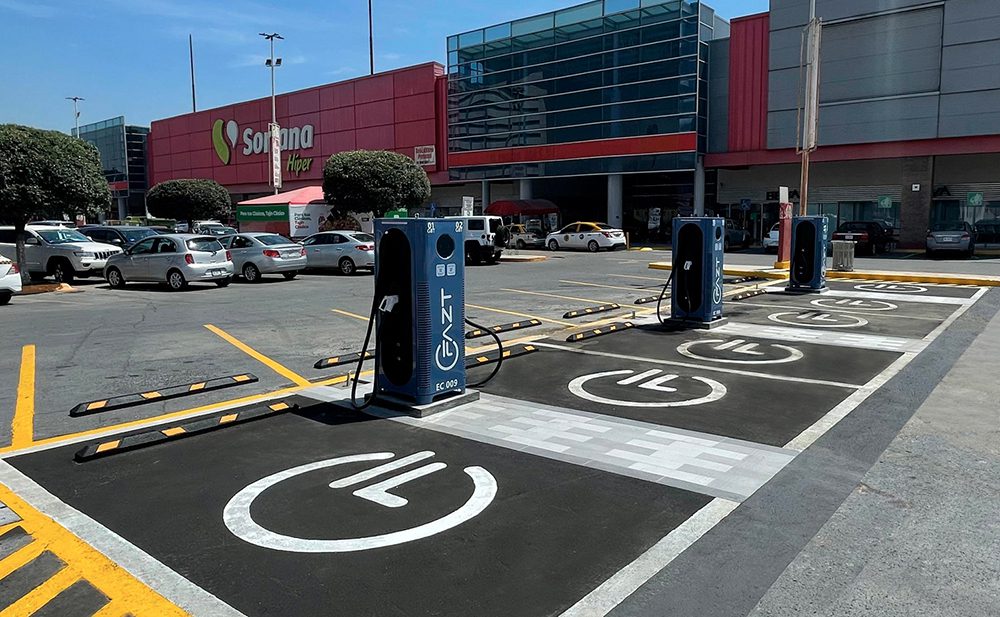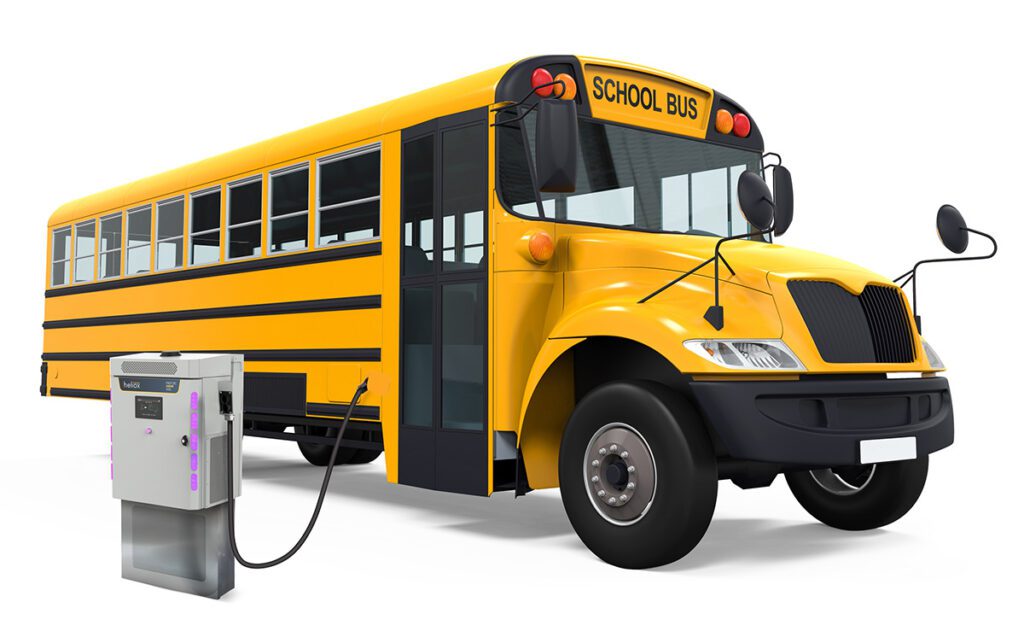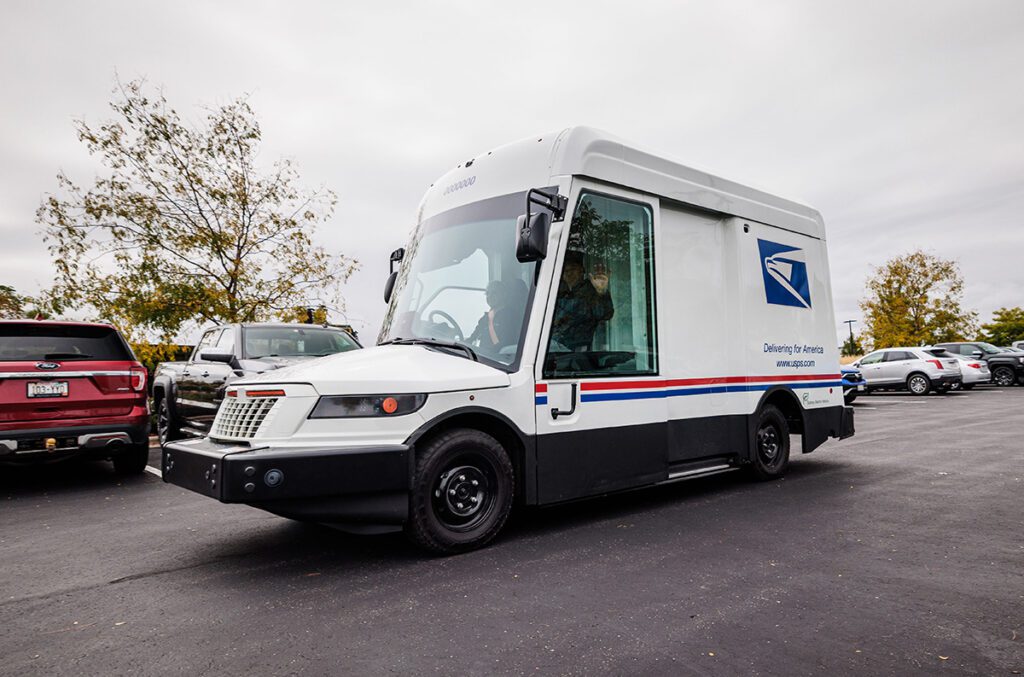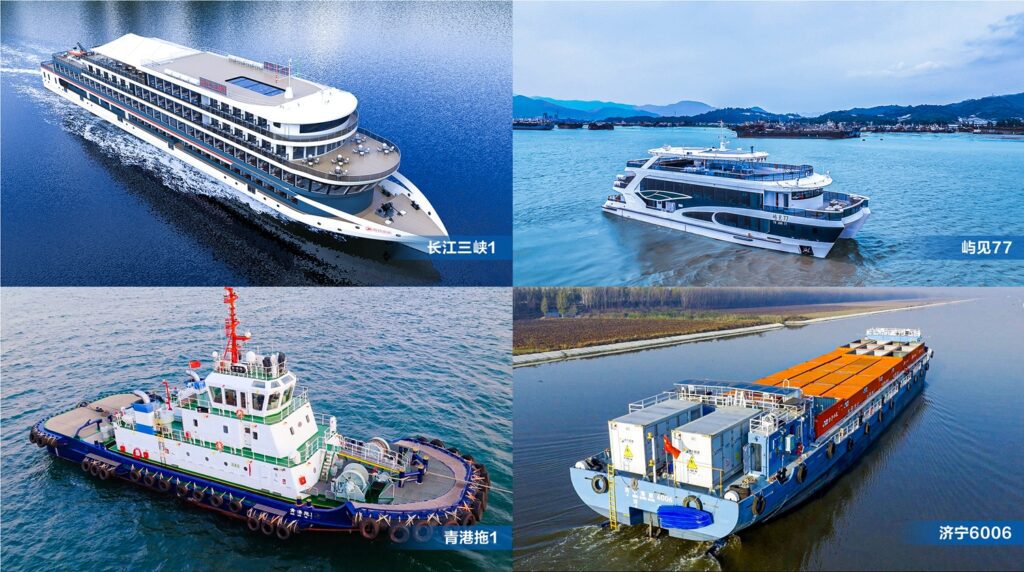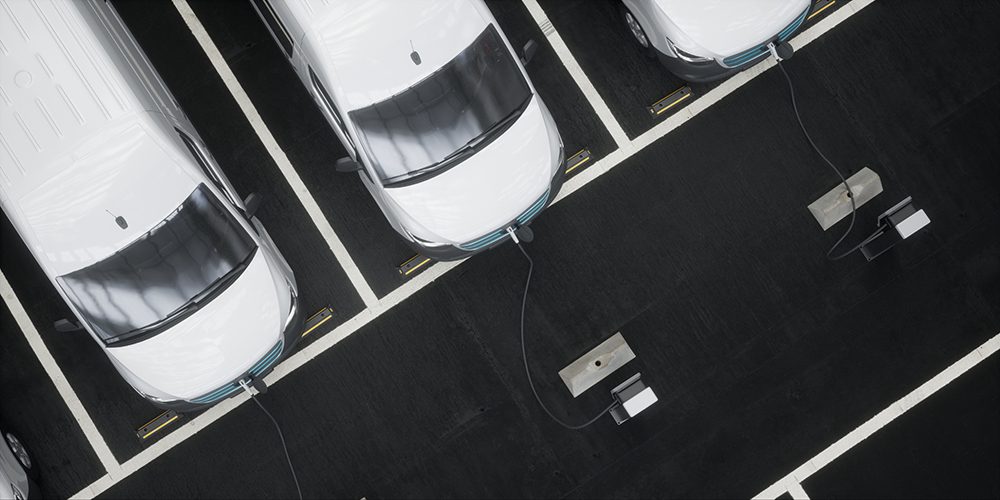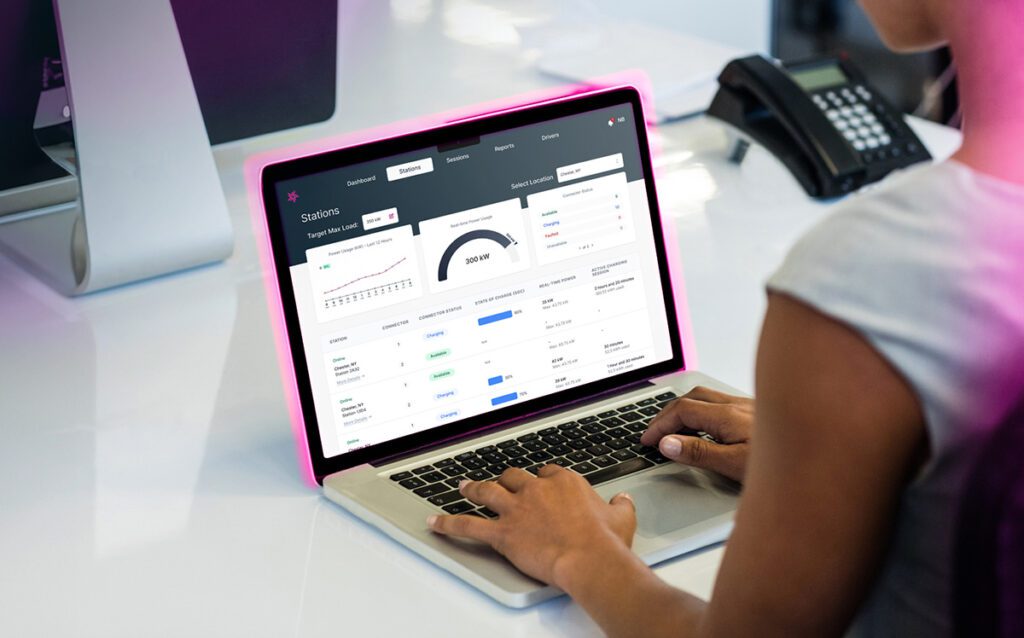When many people think of electric vehicles, they imagine sleek passenger EVs like the near-quintessential Tesla Model S. However, EVs are by no means restricted to consumer use. As more and more industries move towards electrification, more and more industrial EV solutions will be needed. Bel Power Solutions is a power conversion product provider that fully embraces this trend, operating a specialized eMobility unit dedicated to providing power components for industrial EVs.
According to Frank Vondenhoff, Bel Power’s eMobility business development manager, the strong growth of both consumer and industrial EVs signifies an important shift in electrification. “In the past few years there was a lot of seeding and missionary work, but now we see that there is real momentum, and that companies are really moving forward in electrifying their existing vehicles.”
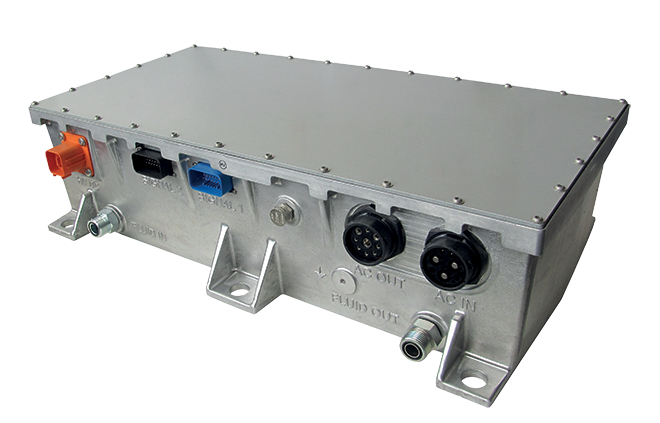
Inverters and converters
Bel Power’s eMobility products are designed to power auxiliaries and are all galvanically isolated. Though these products are standardized, they can be modified to reflect the needs of different customers, says Vondenhoff. “Of course, every customer is unique, so if they want a different output voltage, for example, then we create what we call a modified solution.”
Perhaps the most popular of the eMobility products is the inverter-charger, which provides the dual functions of battery charging and powering loads. “The inverter-charger can either charge your lithium-ion batteries, or it can export the power to your hotel loads, all the 120 or 240 V AC peripherals like fridges, lighting, microwave ovens, even air conditioning units,” says Vondenhoff. “The inverter-charger is a 15 kW bidirectional unit that is very famous in the marine industry. Because when you’re in the marina, you use your shore power to charge all your batteries, and then when you’re at sea, you use that inverter-charger to power all your loads.”

The DC-DC converter is a unidirectional converter that, for example, enables DC power to be delivered to the instrumentation on an EV’s dashboard. “We supplied products for a roller coaster project where, for instance, you have twenty carts on a roller coaster, and the customer was interested in using our DC-DC converter to make sure that all the DC equipment is powered,” says Vondenhoff.

“And at Zurich airport,” he continues, “we’ve implemented the DC-DC converter in a mobile ground power unit to power the airplanes. When the airplane is at the gate, the auxiliary power unit normally gets powered from a diesel generator. We took out the diesel generator and replaced it with a battery pack of 300 V DC nominal. And then we charge the auxiliary power unit via the batteries instead of using diesel.”
Industrial EVs
Bel Power’s eMobility unit operates around the globe, with design centers in Switzerland, China, and the US. eMobility products are designed for medium- to heavy-duty vehicles – the company eschews passenger EVs to focus on solutions for the higher-power market. According to Vondenhoff, Bel Power’s power conversion products are used in industrial EVs of all kinds, including buses, garbage trucks, delivery trucks, fire trucks, yachts, boats, tow tractors at airports, mining trucks, forklifts, excavators, Utility Terrain Vehicles (UTVs), and more. “It’s not just the big trucks or the small trucks,” says Vondenhoff, “it’s a whole variety. So you name it, we’ll do it.”

The growth of medium- to heavy-duty EVs is often supported by legislation, as is the case for what Vondenhoff sees as the fastest growing sector of the heavy-duty EV market: electric buses. “Most of the growth we see now is in buses and in trucks, and mostly in buses,” he says. “Here in Europe, for example, there’s a lot of legislation in place where a lot of municipals require clean buses. So no diesel buses anymore, or petrol buses. Many other countries are adopting that as well. And they say that by 2023, 2025, they want all diesel buses to be [replaced by] fully electric buses. So yes, buses are the biggest at the moment.”
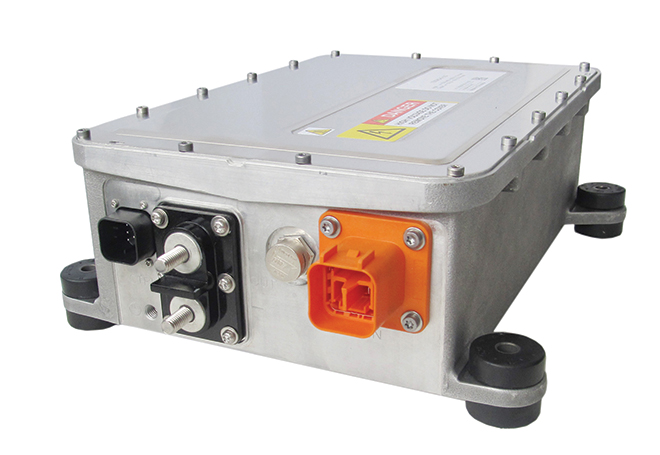
The next biggest, according to Vondenhoff, is the growth in electric UTVs (i.e., off-road vehicles like those used by the military). After UTVs, pleasure boats and ferries represent another large area of EV growth. “In Amsterdam, for example, all the canal boats will be fully electric in the next four years,” says Vondenhoff. “We’ve also developed DC-DC converters, inverters, inverter chargers, and on-board battery chargers for heavy-duty electric vehicles.”
This article originally appeared in Charged Issue 33 – September/October 2017 – Subscribe now.



